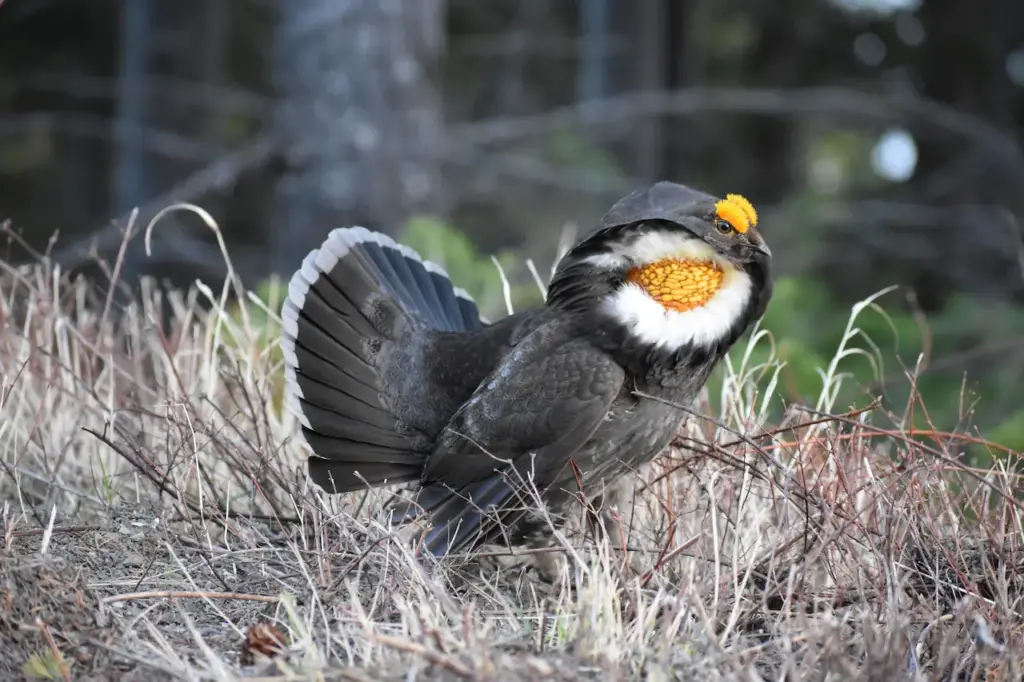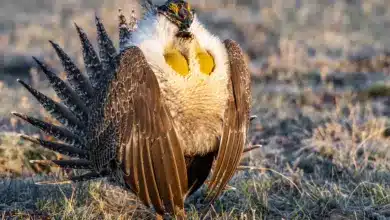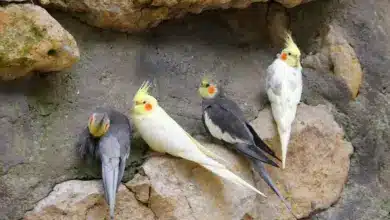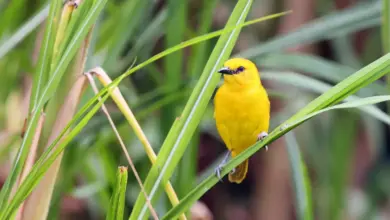The Blue Grouse genus Dendragapus, contains two closely related species of grouse that have often been treated as a single variable taxon

- the Dusky Grouse, Dendragapus obscurus, and
- the Sooty Grouse, Dendragapus fuliginosus.
These two taxa were originally regarded as separate species but were considered conspecific for much of the twentieth century. However, in 2006 the American Ornithologists’ Union re-split them, following the DNA-based work of Barrowclough et al. (2004). whose results supported the earlier work of Brooks (1929) who regarded the two taxa as separate species based on morphology, behavior, and vocalizations.
In addition, the Spruce Grouse and Siberian Grouse have been considered part of this genus.
Distribution / Habitat:
These are large grouse that inhabit highland regions of North America and Eurasia.
- The Sooty Grouse is found in the Pacific Coast Ranges and Sierra Nevada, and
- the Dusky Grouse in the Rocky Mountains.
The precise ranges of the two species are well-defined in the south, separated by extensive areas of unsuitable forest-free habitat, but somewhat uncertain in the north of the range of the genus where there is no separation; Barrowclough et al.’s study did not include these northern populations.
All species have healthy populations, except for some population decline and habitat loss of the Sooty Grouse at the southern end of its range in southern California, and the Siberian Grouse which is considered near-threatened.
Description:
Blue Grouse Adults have a long square tail, gray at the end (lighter in the Sooty Grouse).
Adult males are mainly dark (especially Sooty Grouse) with a yellow (Sooty Grouse) or purplish (Dusky Grouse) throat air sac surrounded by white, and a yellow (Sooty Grouse) or yellow to red (Dusky Grouse) wattle over the eye during display.
Adult females of both species are mottled brown with dark brown and white marks on the underparts.

Diet / Feeding:
These birds forage on the ground or in trees in winter.
They mainly eat pine needles, but also green plants, berries, and insects in summer.
Breeding / Mating:
Their breeding habitat is the edges of conifer and mixed forests in mountainous regions of North America and Eurasia. Their range is closely associated with that of various conifers. The nest is a scrape on the ground concealed under a shrub or log.
Males sing with deep hoots on their territory and make short flapping flights to attract females.
Females leave the male’s territory after mating.

Historical Information:
Late Pleistocene fossil species that have been described are Dendragapus gilli (western and west-central USA), initially placed in a distinct genus Palaeotetrix, and Dendragapus lucasi (known only from Fossil Lake, USA).
Copyright: Wikipedia. This article is licensed under the GNU Free Documentation License. It uses material from Wikipedia.org … Additional information and photos added by Avianweb.
Please Note: The articles or images on this page are the sole property of the authors or photographers. Please contact them directly concerning any copyright or licensing questions. Thank you.





